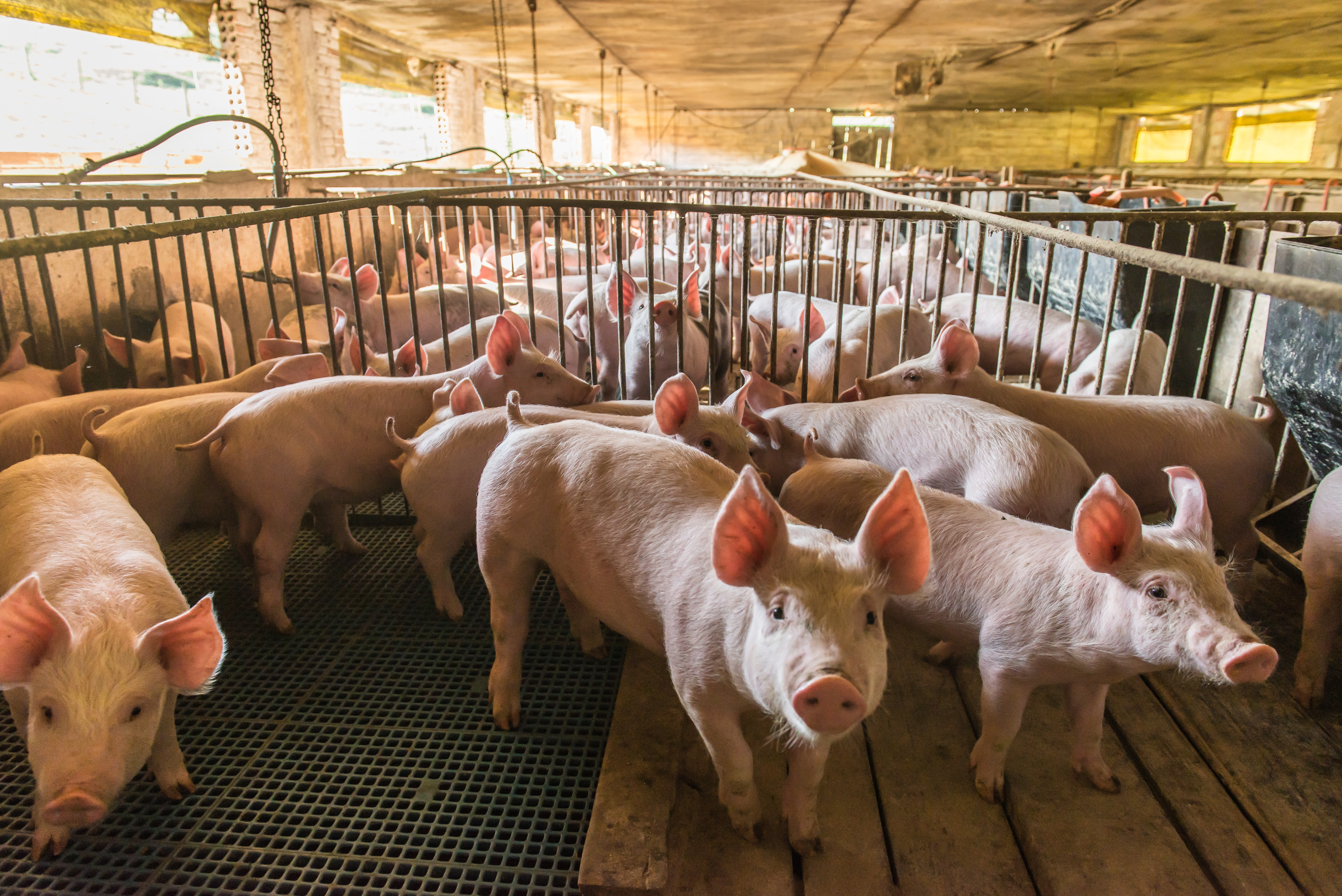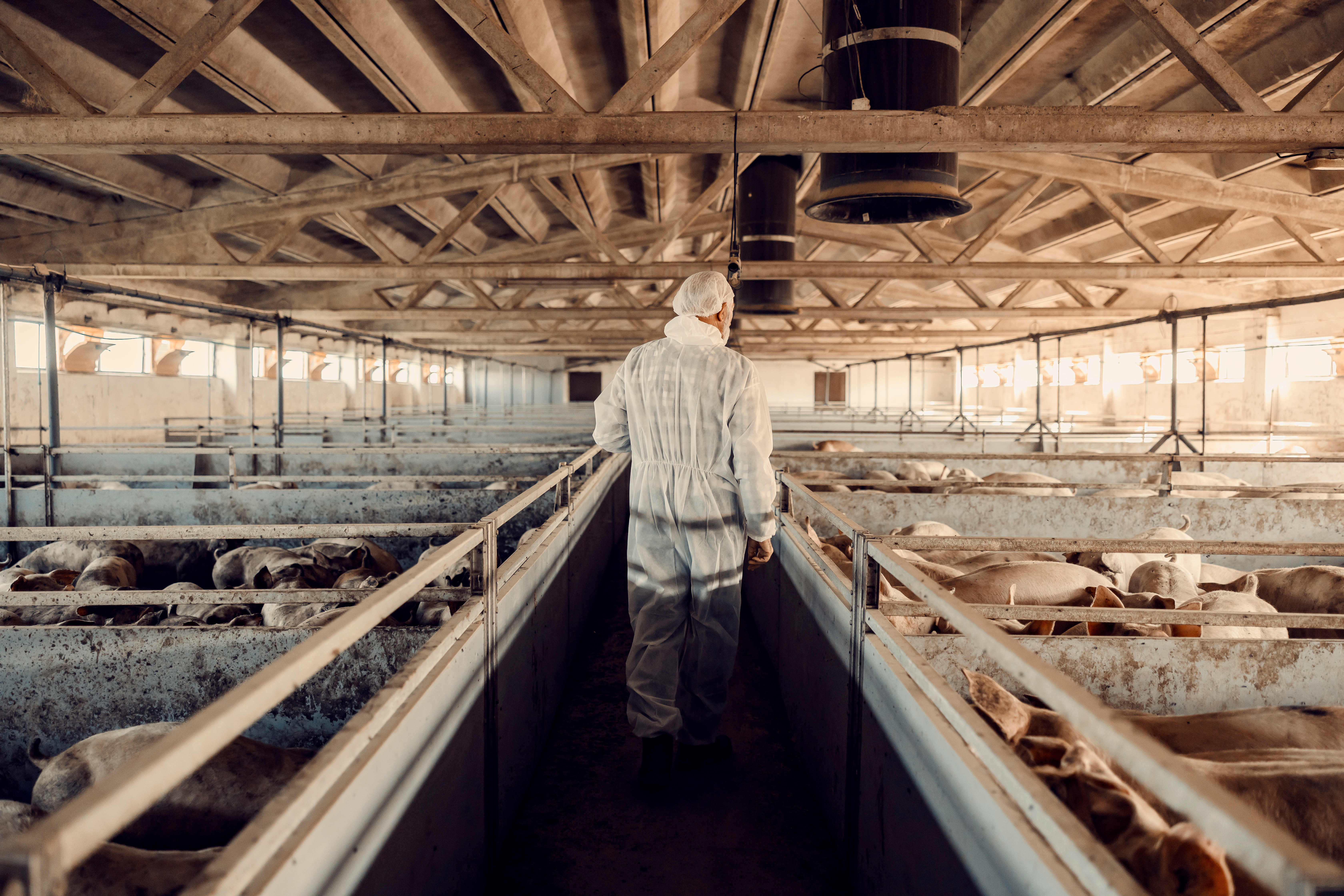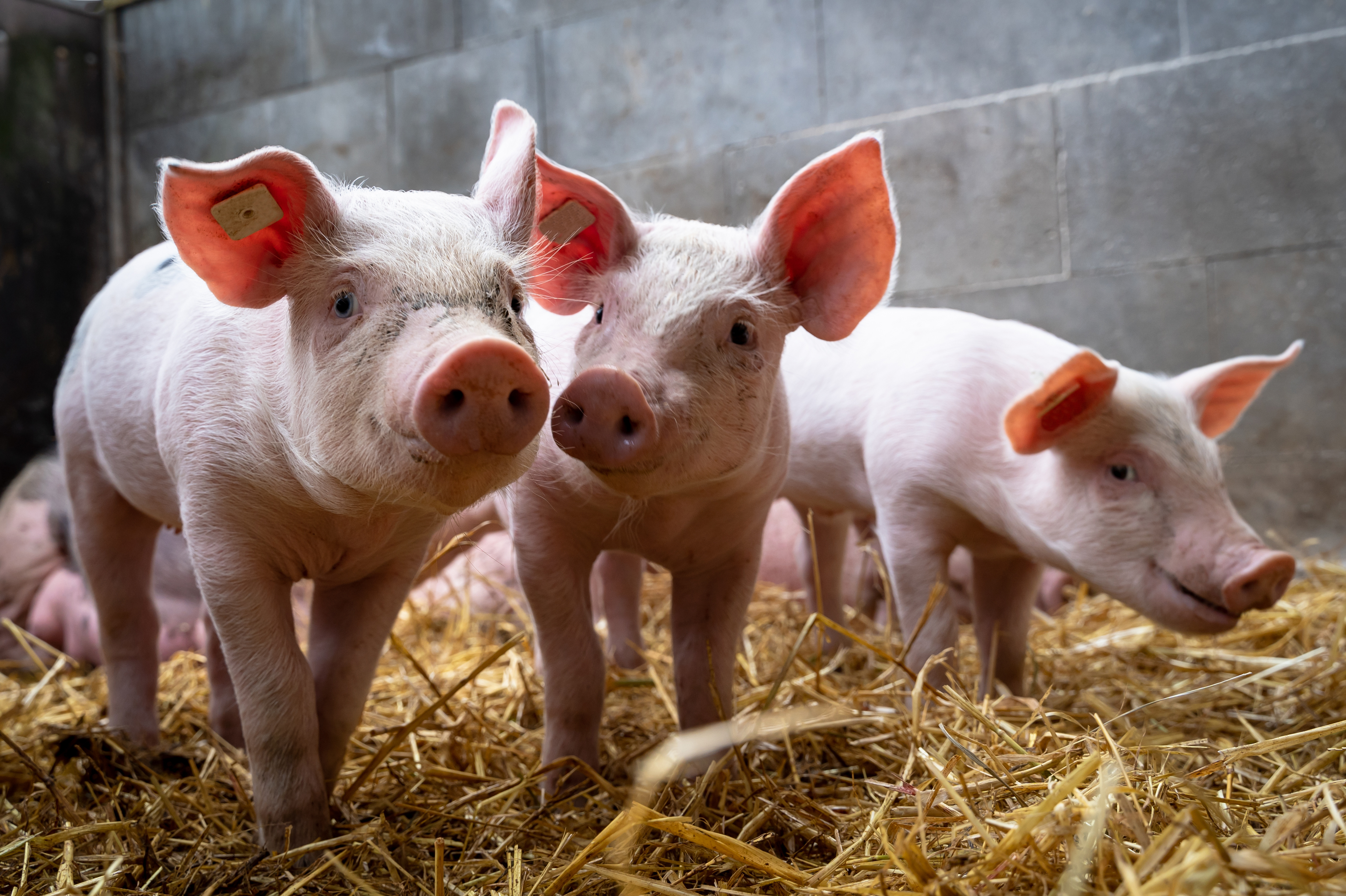Welcome to the forefront of pig farming innovation—a realm where every aspect of a pig's well-being and growth is meticulously attended to within a controlled environment. At Munters, we understand that optimal climate control and ventilation are not just elements of success; they're the pillars upon which the future of pig farming is being built.
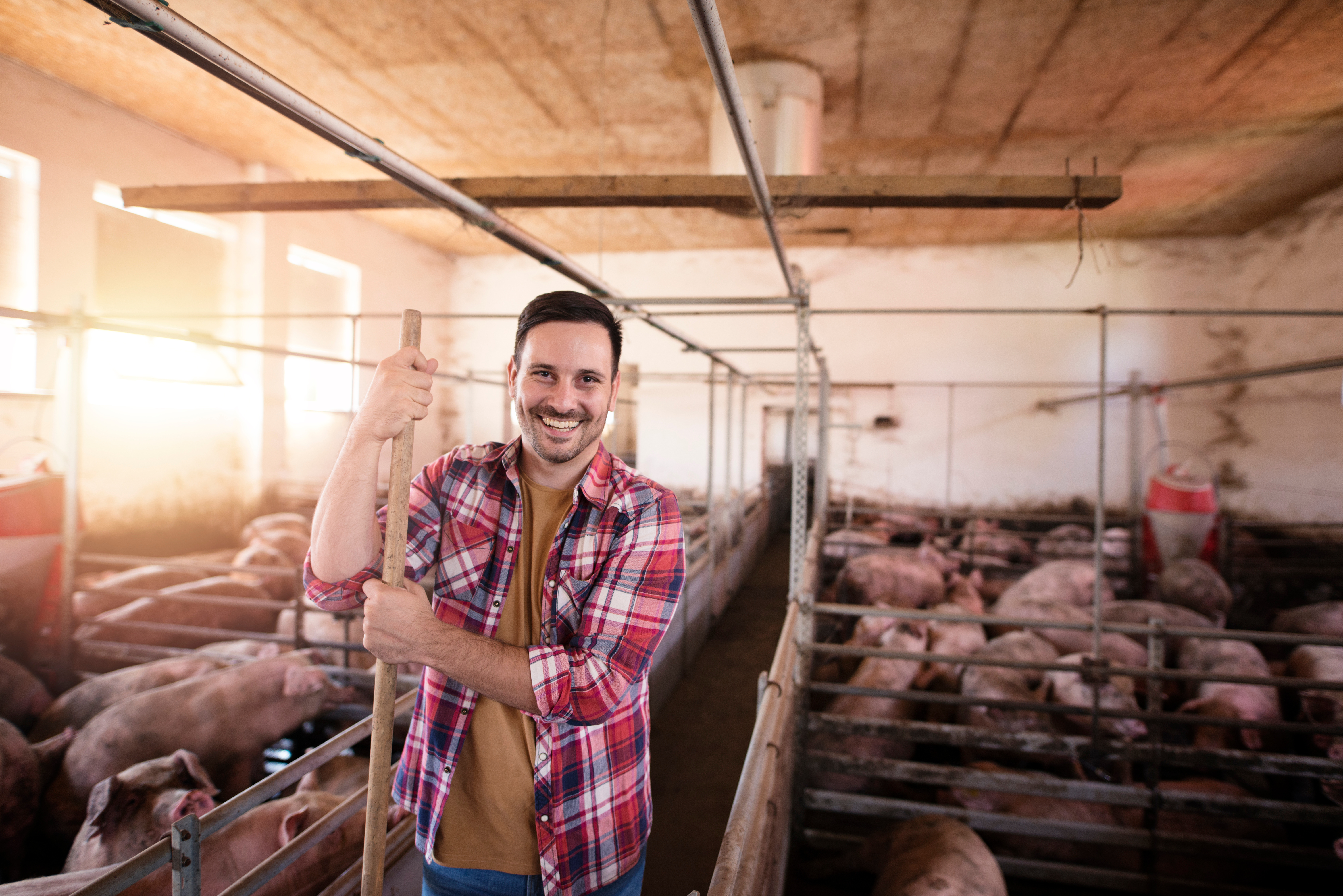
The needs of pigs: thriving in controlled climates
Pigs, like any living beings, thrive when their surroundings are carefully tailored to their needs. In modern pig farming facilities, a precisely controlled climate isn't a luxury—it's a necessity. Pigs require consistent temperature, humidity, and air quality to grow healthily and comfortably. Whether they're piglets, growing juveniles, or mature breeders, maintaining the right conditions ensures better feed conversion rates, decreased stress, and reduced disease incidence.
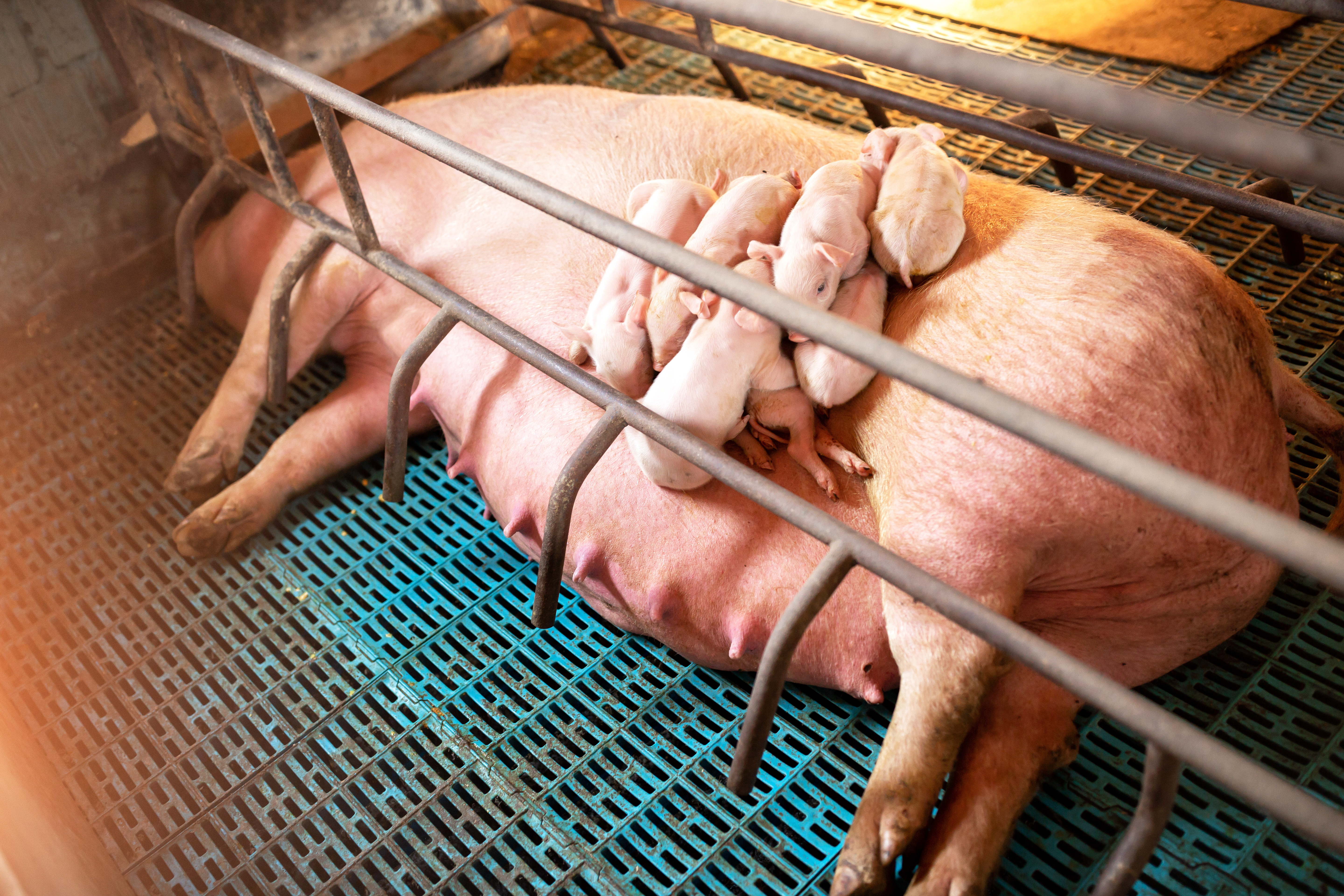
Challenges in pig farming
While the potential of modern pig farming facilities is immense, the journey isn't without its challenges. Dedicated farmers who strive to produce high-quality pork for retail encounter hurdles that demand innovative solutions.
- Disease prevention Crowded spaces can facilitate disease transmission. The controlled environment mitigates this, but vigilant biosecurity measures and adequate ventilation remain critical.
- Feed efficiency Efficient growth requires optimal feed intake. Maintaining the right climate encourages pigs to consume more feed and convert it into lean meat effectively.
- Stress reduction Pigs experiencing stress exhibit slower growth rates and lower-quality meat. A comfortable environment reduces stress factors, contributing to healthier and more content pigs.
- Waste managementProper ventilation doesn't just enhance air quality—it also helps manage waste gases, keeping the environment clean and reducing odors.


